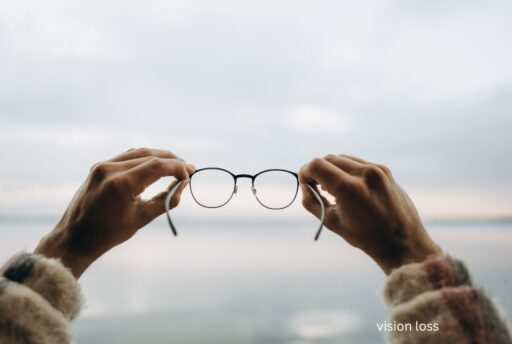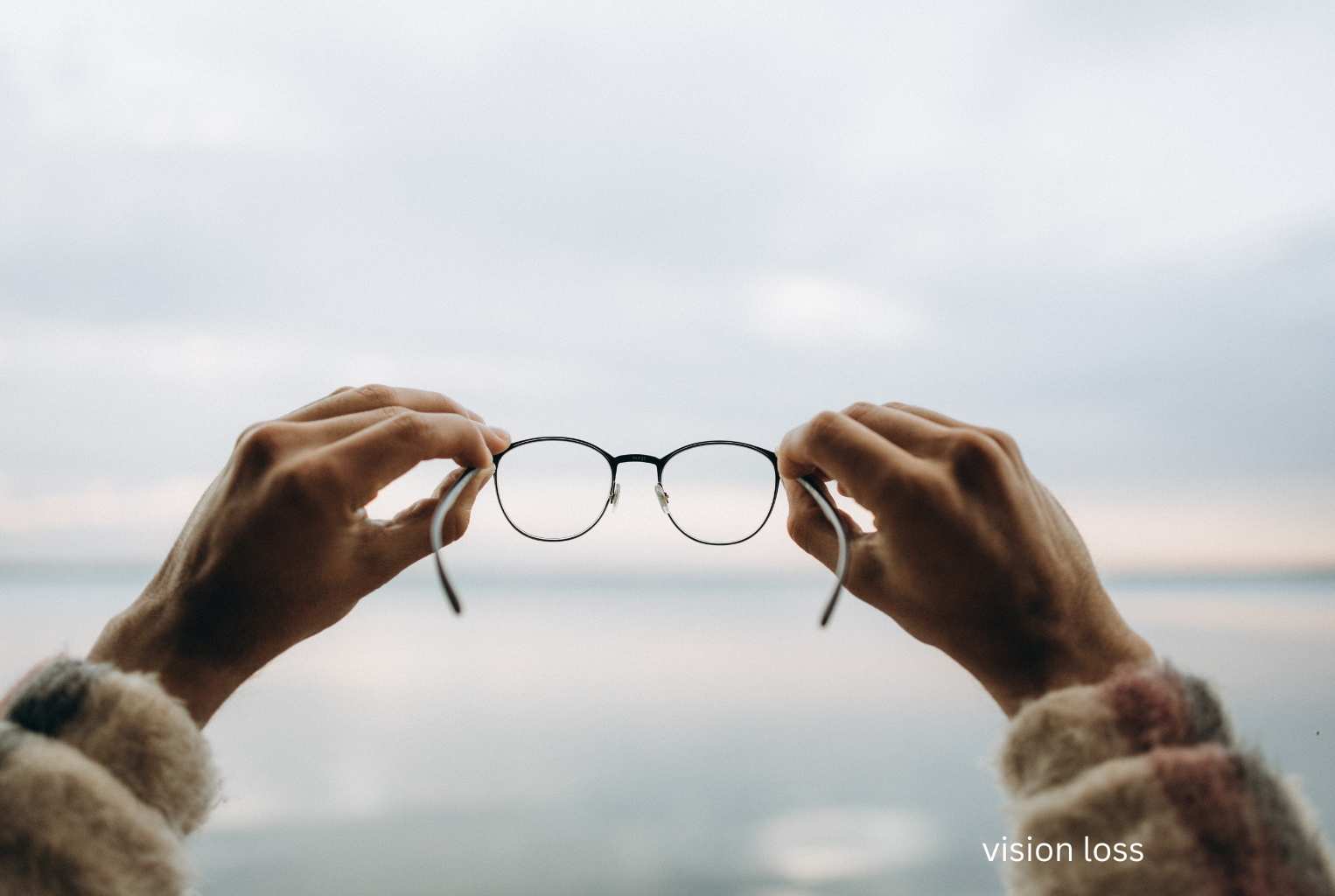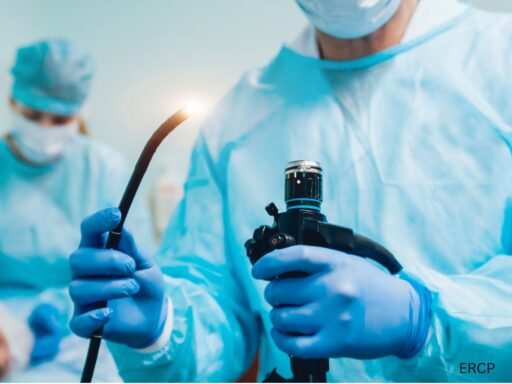Vision loss is a serious health issue that can happen to anyone at any age. It can happen suddenly or gradually and can impact your life big time. Understanding the types of vision loss, the symptoms, and when to get medical attention are key to protecting your sight.
This blog will cover the basics of vision loss including types, causes, diagnosis, coping, prevention and more.
What is Vision Loss
Vision loss means you can’t see partially or completely. It can be one eye or both eyes and can happen in many ways depending on the cause. Some people will experience sudden vision loss where their sight goes rapidly, others will notice a gradual decline in their vision over time.
How Vision Loss Can Happen
Vision loss can present in many ways:
- Partial Vision Loss: This can be reduced clarity (visual acuity), loss of side vision (peripheral vision) or blind spots in the visual field. Partial vision loss can still allow some sight but often requires adjustments in daily activities.
- Complete Vision Loss: Also known as blindness, complete vision loss is total loss of sight in one or both eyes. It can happen suddenly due to trauma or medical condition or gradually due to a progressive disease.
- Central Vision Loss: This affects the central part of your visual field, making tasks like reading, recognizing faces or seeing fine details difficult. Age-related macular degeneration (AMD) is a common cause of central vision loss.
- Peripheral Vision Loss: Also known as tunnel vision, peripheral vision loss reduces your ability to see objects on the sides, making navigation difficult and increasing the risk of accidents. Glaucoma is a leading cause of this type of vision loss.
- Night Vision Loss: Difficulty seeing in low light can be a sign of certain eye conditions like retinitis pigmentosa or cataracts.
Common Causes of Blindness
Blindness can be caused by many things, some of which are preventable or treatable:
- Refractive Errors: Myopia (nearsightedness), hyperopia (farsightedness) and astigmatism cause blurry vision. While correctable with glasses or contact lenses, untreated refractive errors can be a big sight stealer.
- Cataracts: A cataract is a clouding of the lens in the eye which causes blurry or dim vision. It’s the most common cause of blindness in people over 40 and the leading cause of blindness worldwide.
- Glaucoma: This group of eye diseases damages the optic nerve, often due to increased pressure inside the eye. Glaucoma can cause peripheral vision loss and if left untreated, total blindness.
- Age-Related Macular Degeneration (AMD): AMD affects the macula, the part of the retina responsible for central vision. It’s a leading cause of blindness in people over 50.
- Diabetic Retinopathy: High blood sugar levels can damage the blood vessels in the retina causing vision loss. This is a common complication of diabetes.
- Retinal Detachment: When the retina pulls away from the back of the eye, it can cause sudden and severe vision loss. This needs to be treated immediately.
- Optic Neuropathy: Damage to the optic nerve which carries visual information from the eye to the brain can cause vision loss. Conditions like optic neuritis, often associated with multiple sclerosis, can cause this type of damage.
- Eye Injuries: Trauma to the eye, like accidents or exposure to harmful chemicals, can cause sudden blindness.
Sudden vs Gradual Blindness
Knowing whether your blindness is sudden or gradual is key to knowing how urgent medical attention is needed:
- Sudden Blindness: Sudden blindness is a medical emergency and can be caused by retinal detachment, stroke or acute glaucoma. Immediate medical treatment is necessary to prevent permanent damage.
- Gradual Blindness: Gradual blindness occurs over time and may not be noticeable at first. It’s often associated with cataracts, glaucoma, AMD and diabetic retinopathy. Regular eye exams are important to detect these conditions early as gradual blindness can often be slowed or managed with treatment.
When to Get Medical Attention
See a doctor if you have:
- Sudden or severe vision changes in one or both eyes.
- Blurry or double vision that doesn’t go away.
- Loss of peripheral vision or difficulty seeing in low light.
- Flashes of light, floaters or shadows that appear suddenly.
- Eye pain, redness or discomfort that persists.
Prompt diagnosis and treatment can prevent further vision loss and improve the chances of recovery.
Diagnosis
If you have vision loss an eye specialist (ophthalmologist) will do a series of tests to determine what and how much. Common tests include:
- Visual Acuity Test: This test measures how well you can see at different distances. It’s done with an eye chart.
- Dilated Eye Exam: The doctor will put in special drops to dilate (enlarge) your pupils so they can see the retina and optic nerve for damage or disease.
- Tonometry: This test measures the pressure in your eye which is important for glaucoma.
- Optical Coherence Tomography (OCT): This imaging test takes pictures of the retina to help the doctor detect AMD and diabetic retinopathy.
Diagnosis is the first step to treatment. Depending on the cause of your vision loss the doctor may recommend medication, surgery or other treatments to prevent further decline.
Coping with Vision Loss
Living with vision loss can be tough but there are strategies and resources to help you adapt and maintain your quality of life:
- Assistive Devices: There are many tools to help you manage daily tasks such as magnifying glasses, screen readers, large print books and talking watches.
- Home Modifications: Making changes to your living environment can help you navigate more easily and safely. Consider improving lighting, using contrasting colours for better visibility and removing hazards like loose rugs or clutter.
- Support Groups: Connecting with others who understand what you’re going through can provide emotional support and practical advice. Many communities and online platforms have support groups for people with vision loss.
- Professional Help: Occupational therapists and low vision specialists can teach you new ways to do daily tasks, help you adapt to your vision changes. They can also suggest specific tools and techniques to increase your independence.
Prevention of Vision Loss
There are few steps you can take to protect your eyes:
- Regular Eye Exams: Regular check-ups with an eye specialist are key to early detection of conditions that can cause vision loss. Early intervention can prevent or slow down many eye diseases.
- Healthy Diet: A diet rich in vitamins A, C and E and omega-3 can support eye health. Leafy greens, fish, nuts and fruits are good for your eyes.
- Manage Chronic Conditions: If you have diabetes, high blood pressure or high cholesterol, managing these conditions is important to prevent related eye problems like diabetic retinopathy and hypertensive retinopathy.
- Protect Your Eyes: Wearing sunglasses that block UV and safety glasses during activities that can harm your eyes (like sports or working with hazardous materials) can prevent injury and long term damage.
- Quit Smoking: Smoking increases the risk of eye diseases like AMD and cataracts. Quitting smoking can reduce your risk of vision loss.
Summary
Vision loss can be sudden or gradual, and understanding the signs, causes, and treatments is crucial. Regular eye check-ups, a healthy lifestyle, and being aware of changes in your vision can help you protect your sight. If you notice any alarming symptoms, don’t hesitate to see a doctor. Early action can make a significant difference in managing vision loss and maintaining your quality of life.





